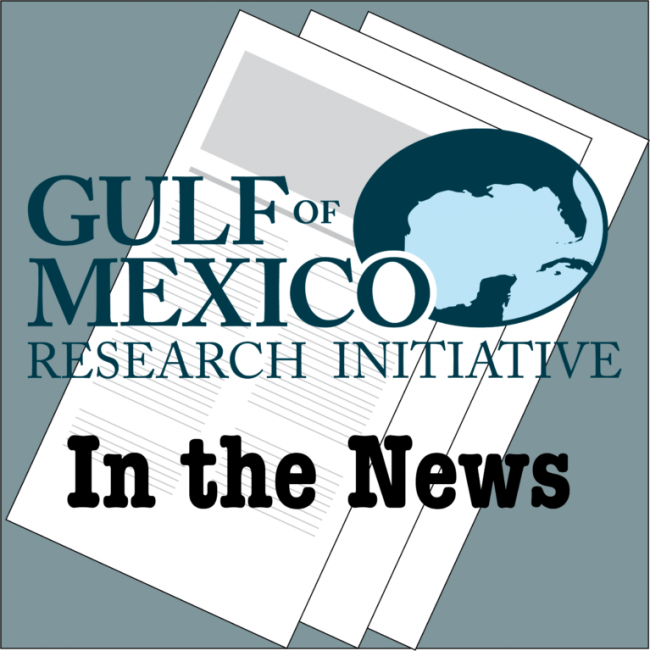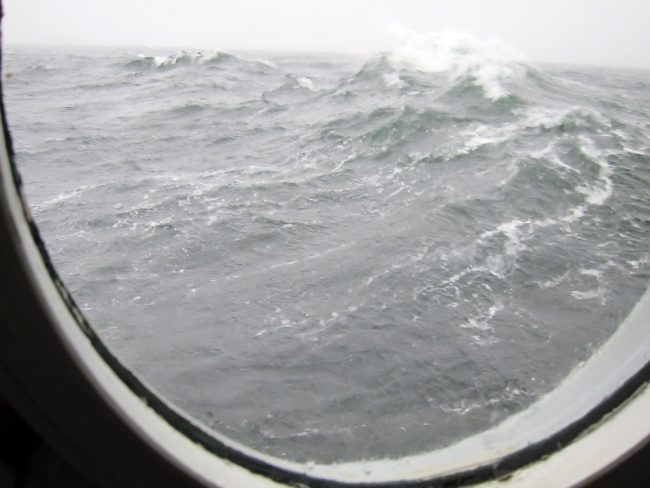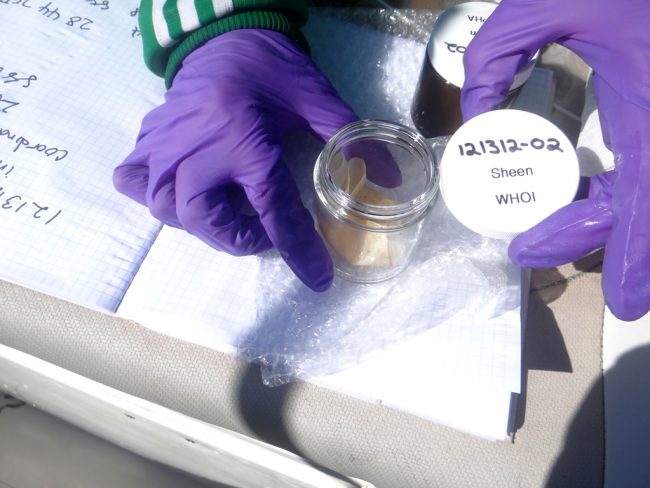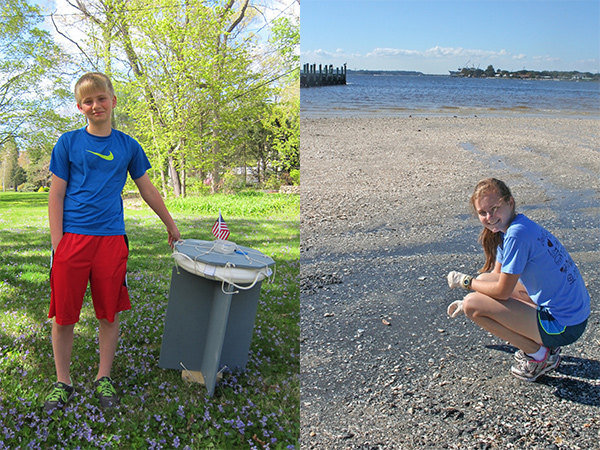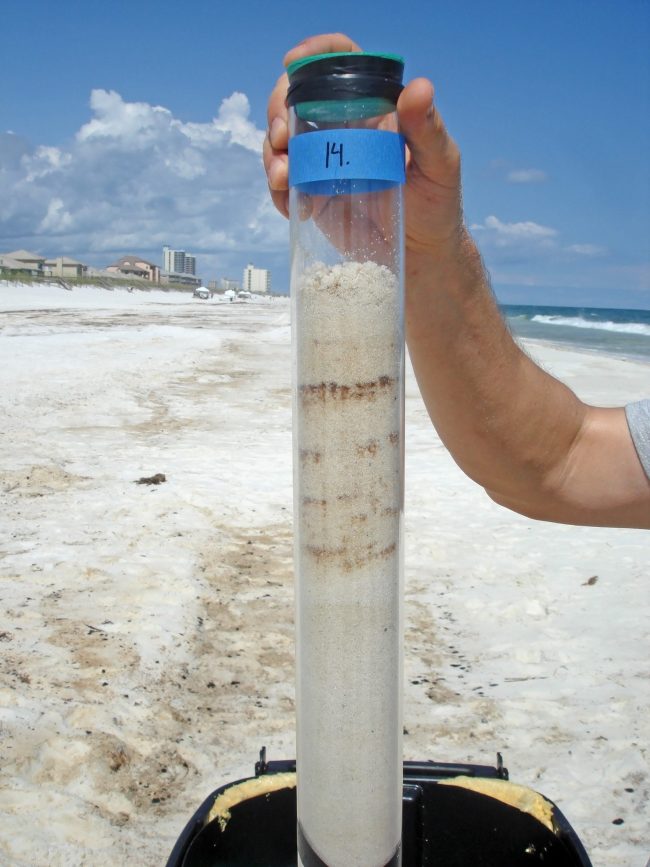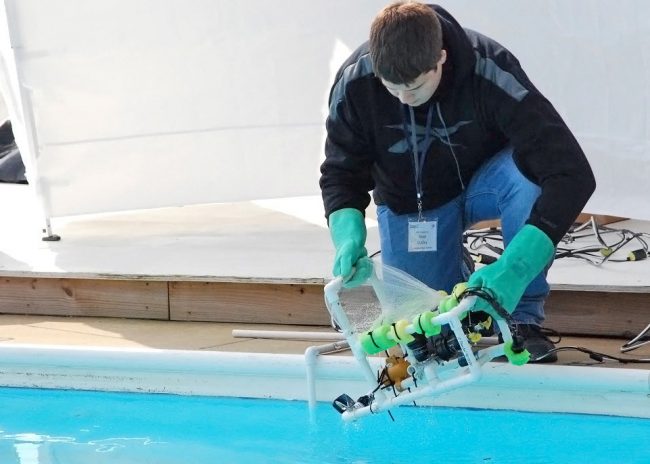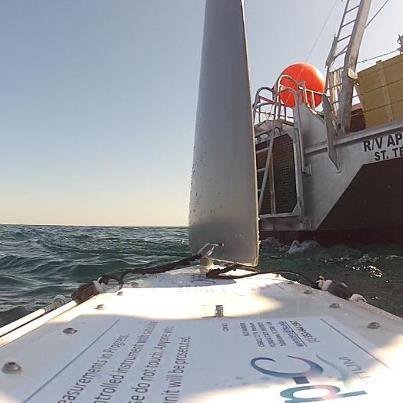Study: Wave Data Can Improve Forecasts that Help Search and Rescue Operations and Oil Spill Response
Scientists with the Norwegian Meteorological Institute are quantifying wave effects for use in ocean models that predict the direction of surface water movement.

